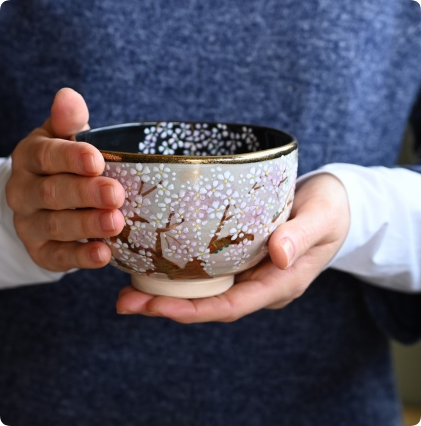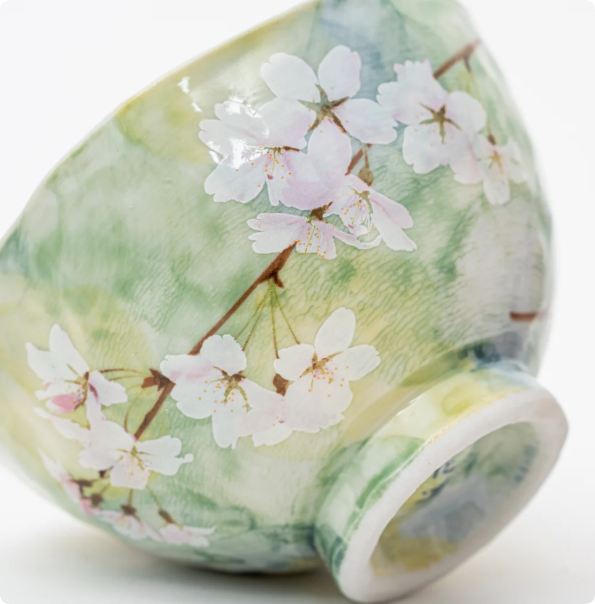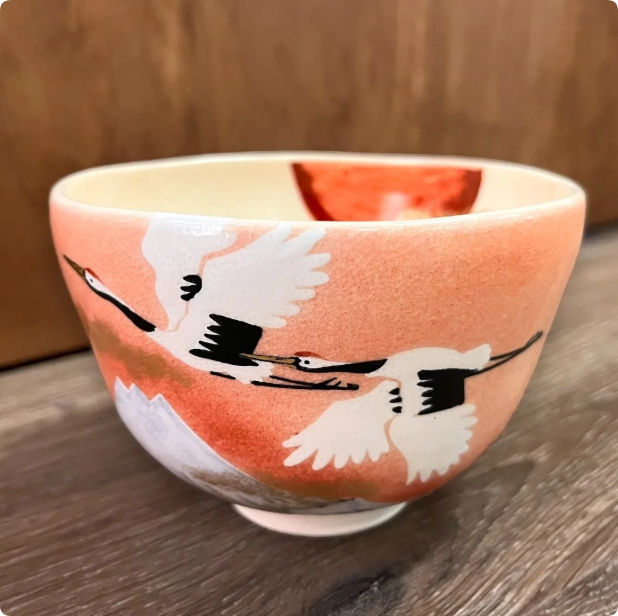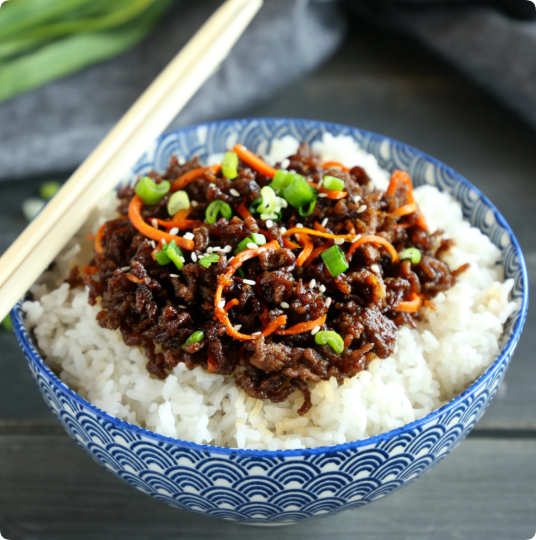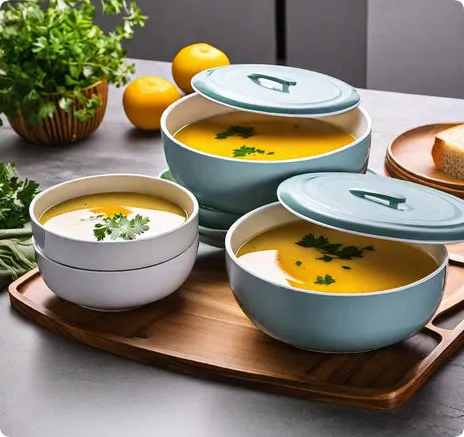When it comes to serving authentic Asian cuisine, the choice of tableware is just as important as the food itself. The right dinnerware enhances the dining experience, preserves the authenticity of the cuisine, and contributes to the overall aesthetic of the meal. Among the many options available, ceramic rice bowls stand out as the perfect choice for serving Asian dishes. In this article, we’ll explore why ceramic bowls are ideal for Asian cuisine, examine their advantages over other materials, and provide practical tips for choosing the best ceramic bowls for your needs.
1. The Cultural and Practical Significance of Rice Bowls in Asian Cuisine
Cultural Significance
Rice bowls hold a unique place in Asian culture, particularly in countries like China, Japan, Korea, and Vietnam. In these regions:
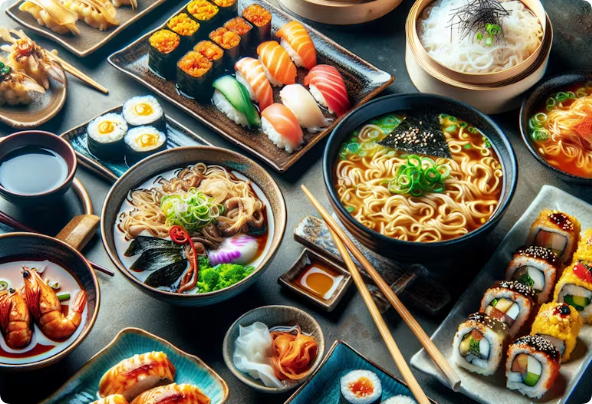
- Rice is a staple food: It is served at nearly every meal and symbolizes abundance and nourishment.
- Bowls are central to dining etiquette: In many Asian cultures, holding the rice bowl close to the mouth while eating is considered proper etiquette.
The shape, size, and material of the bowl are designed specifically to complement this tradition. Ceramic bowls, in particular, align with this cultural heritage, as ceramics have been used in Asia for thousands of years due to their durability, aesthetic appeal, and versatility.
Practical Benefits of Using Bowls in Asian Cuisine
Asian dishes are often served in smaller portions with a variety of flavors. Bowls, especially ceramic ones, are ideal because they:
- Retain heat effectively, keeping rice and soups warm longer.
- Are easy to hold, even for extended periods during meals.
- Provide depth, making them perfect for dishes like noodle soups, fried rice, or curries.
In short, the ceramic rice bowl is not just a functional piece of dinnerware—it’s an integral part of the dining experience.
2. Advantages of Ceramic Rice Bowls Over Other Materials
When selecting dinnerware, it’s essential to consider the material. While glass, plastic, and metal bowls are widely available, ceramic rice bowls offer unique advantages. The table below provides a clear comparison:
| Feature | Ceramic | Glass | Plastic | Metal |
|---|---|---|---|---|
| Heat Retention | Excellent: Keeps food warm longer | Moderate: Cools quickly | Poor: Does not retain heat well | Good: May get too hot to touch |
| Aesthetic Appeal | High: Offers elegant, traditional designs | High: Simple and modern | Low: Often looks cheap | Moderate: Industrial, not always elegant |
| Durability | High: Long-lasting if handled properly | Moderate: Can chip or break easily | Moderate: Prone to scratches | High: Resistant to damage |
| Food Safety | Non-toxic and eco-friendly | Safe, but can shatter | Concerns with BPA and chemicals | May alter the taste of acidic foods |
| Cultural Relevance | High: Matches the authenticity of Asian cuisine | Low: Not culturally significant | Low: Not culturally significant | Low: Not culturally significant |
Key Takeaway
Ceramic rice bowls provide the best combination of heat retention, aesthetics, and cultural relevance. While glass and plastic bowls may be cheaper, they lack the authenticity and functionality needed for serving traditional Asian dishes.
Which Bowl Material is Good for You – Glass, Wooden, or Ceramic?
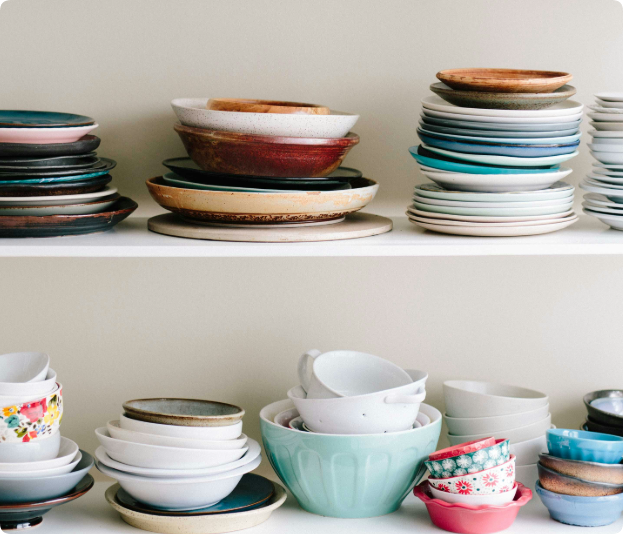
3. Why Heat Retention Matters
One of the standout qualities of ceramic rice bowls is their ability to retain heat. In Asian cuisine, where dishes are often served warm, this is crucial.
- Soups and broths: Ceramic bowls keep soups, like Japanese miso soup or Korean kimchi stew, at the perfect temperature throughout the meal.
- Steamed rice: Warm rice enhances the flavor of accompanying dishes, such as stir-fried vegetables or braised meats.
Unlike plastic or glass bowls, which cool down quickly, ceramic bowls ensure the food stays at an optimal temperature.
4. Aesthetic Appeal: Elevating the Dining Experience
The visual presentation of food is highly valued in Asian cuisine. Ceramic bowls, with their intricate designs and polished finishes, add elegance to any table setting.
- Traditional motifs: Many ceramic bowls feature hand-painted patterns, such as cherry blossoms, dragons, or geometric designs, which reflect Asian artistry.
- Modern styles: Contemporary ceramic bowls offer minimalist designs that appeal to global audiences.
By choosing ceramic rice bowls, you’re not just serving food—you’re creating an immersive dining experience that celebrates the beauty of Asian culture.
5. Sustainability and Eco-Friendliness
As environmental awareness grows, more consumers are seeking sustainable kitchenware options. Ceramic rice bowls are an eco-friendly choice because they are:
- Made from natural materials: Clay and other earth-derived materials are used in their production.
- Durable: With proper care, ceramic bowls can last for decades, reducing waste.
- Recyclable: At the end of their lifecycle, ceramic bowls can be broken down and reused in various ways.
Plastic bowls, by contrast, contribute to environmental pollution and are often made from non-renewable resources.
6. Tips for Choosing the Perfect Ceramic Rice Bowl
When selecting ceramic rice bowls for your home or business, consider the following factors:
Size
- Small bowls (10–12 cm in diameter) are ideal for individual portions of rice or side dishes.
- Medium bowls (12–15 cm) work well for soups, noodles, or larger servings of rice.
- Large bowls (15 cm or more) are perfect for family-style dining.
Shape
- Traditional round bowls are versatile and easy to hold.
- Flared edges are great for dishes with more liquid, like ramen or pho.
Design
- For a traditional look, opt for bowls with hand-painted patterns.
- For a modern aesthetic, choose bowls with solid colors or minimalist designs.
7. Practical Applications for OEM and ODM Buyers
For kitchenware buyers, ceramic rice bowls offer significant advantages for wholesale and private labeling:
- Customization: As an OEM/ODM manufacturer, EKA can create bespoke designs tailored to your target market.
- Wide appeal: Ceramic bowls are popular among home goods retailers, gift shops, and cross-border e-commerce sellers.
- Profit potential: High-quality ceramic products command premium pricing, offering better margins for businesses.
If you’re looking to source ceramic rice bowls, partnering with a trusted manufacturer ensures consistent quality and competitive pricing.
Conclusion
Ceramic rice bowls are the ultimate choice for serving Asian cuisine, offering a perfect blend of functionality, beauty, and cultural authenticity. Whether you’re enjoying a bowl of fragrant jasmine rice, hearty miso soup, or spicy Thai curry, the right ceramic bowl elevates the entire dining experience.
For businesses and consumers alike, ceramic rice bowls represent a timeless investment in quality and style. If you’re seeking a reliable supplier for premium ceramic tableware, EKA is here to help with custom OEM/ODM solutions tailored to your needs.

